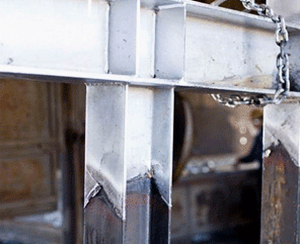Design For Hot Dip Galvanizing
An overview of the hot-dip galvanizing process, ASTM specifications, best design practices, inspection, and preparing the galvanized surface for painting/powder coating. How new technologies and creative chemistry work together to keep this 150-year old process in the mainstream of design.

Credit: 1 PDH
Price: $0.00
This webinar is currently not scheduled.

Design for Hot Dip Galvanizing
The galvanizing process has existed for more than 250 years and has been a mainstay of North American industry since the 1890s. Galvanizing is used throughout various markets to provide steel with unmatched protection from the ravages of corrosion, and its use is constantly evolving. With hot-dip galvanizing now being incorporated into new and innovative designs, it is important for architects, engineers, fabricators, detailers, and other designers to understand the best practices.
Whether an artful sculpture glinting under the sun, or a sturdy bridge arching over a rushing river, hot-dip galvanizing provides generations of corrosion protection for steel structures located throughout the world. New technologies and creative chemistry continue to evolve this 150-year-old process, which facilitates its continued use in myriad applications as well as innovative ideas for new ones.
The galvanizing process consists of three basic steps: surface preparation, galvanizing, and inspection. In this webinar, we’ll present a short summary of these basics, and then move on to discuss the various ASTM specifications applicable to galvanizing, including the three main specifications governing the coating thickness, adherence, and finish for hot-dip galvanized steel. This webinar presentation also covers design practices, repair and touch-up, and painting/powder coating over galvanizing.
You’ll learn best design practices that will not only produce optimum quality galvanized coatings but will also help reduce costs and improve turnaround times. And we’ll provide key points of communication between the engineer, fabricator and galvanizer. Opening the lines of communication early in the design process can eliminate potential costly pitfalls later in the process.
As the world continues to evolve, so too does the specification practices and designs of construction. Developers of the built environment shoulder the responsibility of creating a better world for future generations by constructing buildings, infrastructure, and other elements that are sustainable. Hot-dip galvanized steel, which has been used successfully for more than 100 years, provides sustainability through its superior corrosion protection, durability, longevity, availability, and versatility. The natural, recyclable matte gray finish of hot-dip galvanized steel transcends time with little environmental and economic impact, improving the quality of life in the future.
What you’ll learn in just one hour:
Benefits of Noon Pi webinars:
- You don’t have to leave your office. The entire training session is conducted from the convenience of your desk or meeting room.
- No fancy technology required. A computer or smart phone with a good Internet connection is all the equipment you need. Just log in and start learning.
- No wasted time. Our compact, one–hour sessions fit into the busiest of schedules. In no time, you’re back on the job using the wealth of relevant information you gained.
- Earn PDH credit. Webinars earn PDH credit for engineers in all states, unless noted otherwise in the literature for a specific webinar. For more details, check your state requirements.
- You have nothing to lose. Noon Pi webinars are offered to engineers free of charge!
More info:
For more webinar information, click on the following topics:



